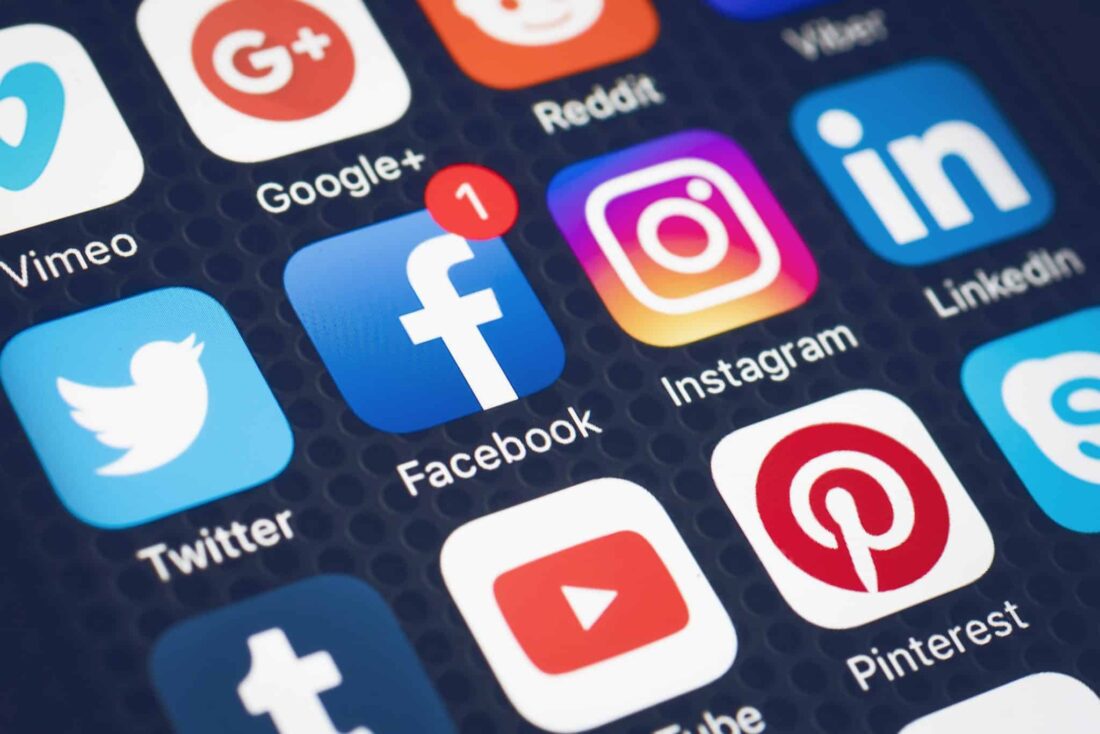We’ve all had that experience–you know, the one where on a completely random day you look in the mirror and realize that you’ve highlighted your hair just one too many times, left that teeth whitening strip on for just 15 minutes too long, that five o’clock shadow has crossed the line from sexy to caveman–and sideshow circus music begins to play in your head. All good in moderation, sure, but you’re left wondering, “When did I cross the line?,” and, more importantly, “Why didn’t anyone tell me?!”
It’s time to look in the mirror, peers. Enough is enough with the hashtag.
That’s right. Stop. The. Hashtagging. Madness.
I came to this realization recently while browsing through a friend’s Twitter pics, when I stumbled upon a photo of a candle (the fact that we all consider ourselves photogs profound enough to document a candle is another blog post entirely). It wasn’t the subject so much as the caption that made me do a double take: #candle, #melon, #refreshing. Um, what?
Let’s rewind. Google employee Chris Messina first invented the hashtag in August 2007 as a way to organize groups on Twitter. The benefits to us marketing gurus are immediately clear: this method of categorizing content gives us a simple way to build buzz, interact with users, and create brand personality.
However, just like the fine line that separates sun-kissed glow from nasty red sunburn, there is a dark side to hashtagging. Take my example from above, for starters. As marketers we shouldn’t be communicating solely through hashtags. For brands, the point of Twitter is to communicate with consumers by giving companies a more personable voice. A tweet comprised solely of hashtagged brand or product names, or other blatant marketing buzzwords, defeats this purpose. We wouldn’t scream out random, irrelevant marketing buzzwords in a face-to-face conversation with a consumer, so why are we doing it online?
Which begs the question, how should we be using hashtags? While each hashtag campaign (as with any marketing campaign) should be tailored to meet specific goals, one thing to remember is to make sure people know about your hashtag and its context. Are you using hashtags to promote a contest? Crowdsourcing? Or maybe you’re monitoring conversations around a specific topic, such as a television show like American Idol (#AmericanIdol) or Doctor Who (#BBCDoctorWho). Whatever the aim, it’s important that people are aware of and understand the purpose of your hashtag so that they can meaningfully participate in the conversation–a hashtag is not a marketing means in and of itself.
Bottom line: use hashtags to ADD to your brand’s Twitter presence, not DEFINE your brand’s Twitter presence. Make sure your hashtag is relevant–and be sure to check out how it’s already being used on Twitter (even join in a conversation that’s already taking place around a relevant hashtag). Let people know about your hashtag to encourage conversation, or perhaps even schedule a live tweet to interact with consumers in real-time. And be sure to avoid a #hashtagthatlookslikethis.


Why Cutting PR in Tough Times is a Costly Mistake (And What to Do Instead)